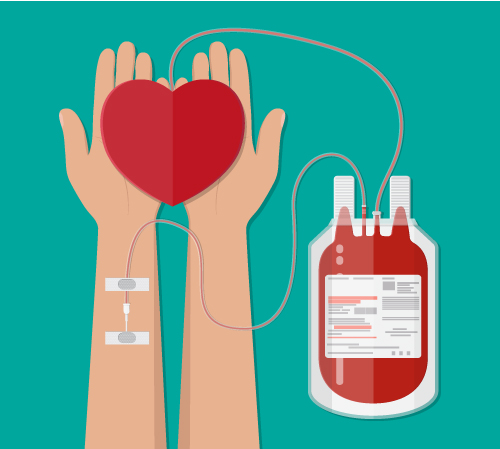
A Look Into Blood Disorders: Von Willebrand Disease
As a blood donor, you probably know that healthy blood is necessary for overall health and well-being. We cannot survive without blood and there is no substitute for this precious resource. But many are born with blood disorders that cause complications throughout life, and often blood transfusions are required as a form of treatment.
Von Willebrand disease (VWD) is one such disorder. This inherited and incurable condition is the most common bleeding disorder, affecting up to 1% of the US population, according to the National Hemophilia Foundation. It is caused by a missing or defective clotting protein called Von Willebrand factor – when a person has low levels of this protein, platelets cannot stick together properly nor attach to blood vessel walls to stop bleeding at the site of injury.
Most people are born with VWD but are unaware because the signs are mild or absent. Those who do experience symptoms often have frequent nosebleeds lasting more than 10 minutes, easy bruising, and excessive bleeding during and after invasive procedures, such as surgery or tooth extractions. Complications range from anemia to swelling and pain, to death in the most serious cases.
Treatment varies with the severity of the disorder but your doctor may prescribe one of the following: Desmopressin, a medication available as an injection or nasal spray, replacement therapies which includes infusions of prepared doses of concentrated blood-clotting factors, or clot-stabilizing medications.
Without blood donors and the ability to use blood products for research, treatments for VWD and other blood disorders may not have been discovered. Thanks to Stanford Blood Center donors, many with VWD and other conditions can experience and improved quality of life. If you would like to make an appointment to donate blood, visit sbcdonor.org. To learn more about donating for research, visit http://stanfordbloodcenter.org/research/.
